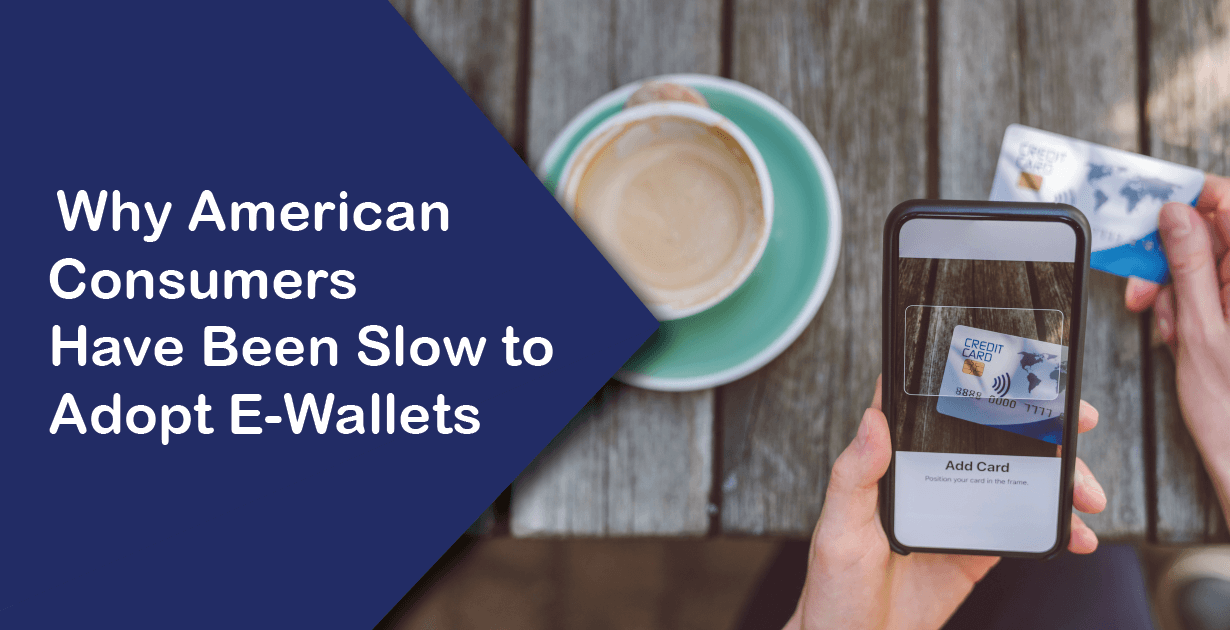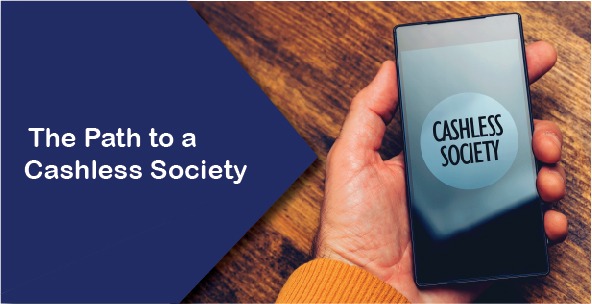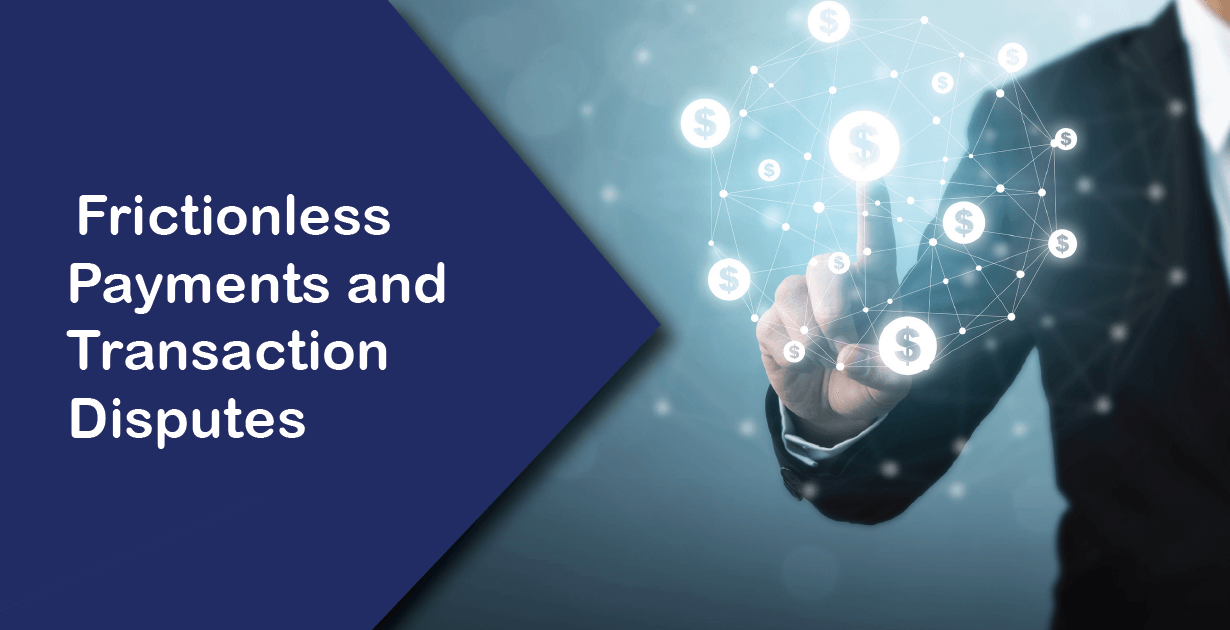
In October 2018, Mastercard released its official phased plans to streamline outdated and redundant chargeback processes. The overall goal of the initiative is to reduce the number of invalid disputes that cost merchants time and money and drive up costs for both issuers and acquirers.
Following Visa’s update of Fraud and Chargeback Program thresholds, you’ll need to stay current with both these initiatives to ensure compliance. Mastercard has published information on the initiative sparingly, but through our partners and industry connections, we have stayed on top of the latest developments and time frames.
Phase 1: Issuers Tasked with Collecting More Information from Cardholders
As the first action in the initiative, Mastercard released an updated version of MasterCom Claims Manager, its merchant-issuer-acquirer dispute management platform.
Mastercard has indicated the deployment date can be expected around October 2019, at which time these four chargeback reason codes will require the issuer to obtain more information through additional documentation from your acquirer:
- #4831 (incorrect transaction amount) – Requires cardholder’s final bill or receipt
- #4834 (point of interaction error) – Requires cardholder’s final bill or receipt
- #4863 (cardholder doesn’t recognize the charge) – Requires information such as a cardholder letter or email (NOTE: This code to be eliminated in Phase 2)
- #4853 (cardholder disputes this charge; for recurring billing and digital goods purchases) – Requires cardholder letter, email or Expedited Dispute Form
For a quick response and to help reduce chargebacks, ensure that the types of information referenced above are documented and readily available for your acquirer to direct to the issuer.
Phase 2: How to Handle Refunds After a Dispute
No official date has been confirmed by Mastercard, but we believe that Phase 2 will go into effect mid- or late-2020. Per Mastercard, if you choose to provide a refund directly to the customer after a chargeback has been reversed, the issuer – independently or at the customer’s request – can still file a second chargeback. You might risk losing the refund and the transaction amount due to the second chargeback. How we see the key takeaway: pay attention to when you are issuing refunds, and only do so before the first chargeback or after the issuer response to the reversal.
Our assessment is that Mastercard believes motivating merchants to offer a refund early in the process will quickly address the customer’s issue and decrease the total number of chargebacks.
Reduction of Chargeback Filing Time Frame
Mastercard is reducing the chargeback filing time frame specifically for issuers from 120 to 90 days, in cases involving Mastercard chargeback reason code 4834 (Point of Interaction Error). Merchants will still have 45 days to respond to chargebacks and 30 days to respond to retrievals. We see this as just one of the ways Mastercard is working toward a more efficient process.
Additional changes include elimination of:
- Reason code #4840 (fraudulent transaction processed)
- Reason code #4863 (cardholder doesn’t recognize charge)
Phase 3: Changes to MasterCom Coming Soon
Although Mastercard has not publicly announced what changes or additions will be implemented in this phase, we believe Phase 3 will go into effect in late 2020, or even early 2021. We will provide updates as soon as we have new information.
Phase 4: Second Chargebacks Eliminated for Select Reason Codes
We expect this to be launched in late 2020, and Phase 4 will enable merchants to benefit from a more even playing field. Mastercard plans to eliminate second chargebacks and require Mastercard-facilitated pre-arbitration before escalating to arbitration for the following reason codes:
- #4837 (Fraud)
- #4853 (Merchandise returned as damaged, defective, or unsuitable for its needs)
- #4834 (Point of interaction error; either cardholder paid for same transaction using two different forms of payment, OR cardholder’s account has been debited more than once for the same transaction using the same form of payment.)
All other reason codes are eligible for second chargebacks.
As with current practice, issuers can use pre-arbitration (second chargeback) as a response when a customer disagrees with evidence that a merchant has presented during the chargeback representment phase. As with VCR, Mastercard will now become involved in the decision sooner in the process.
Don’t Go It Alone
Staying current with the chargeback representment process can be daunting. For more than 13 years, Verifi’s mission has been to lead the way in helping our partners stay on top of industry changes. If you have any questions on MDRI changes, please reach out.








